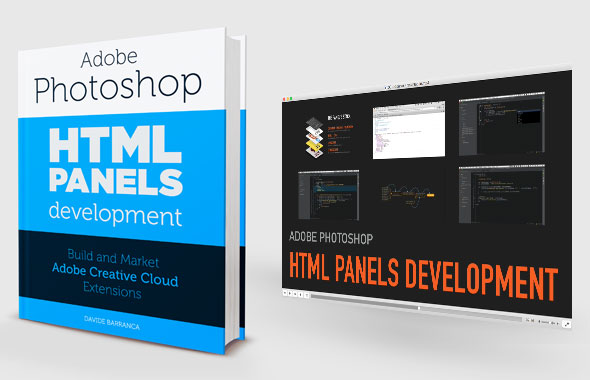The latest release of Photoshop introduces, among the rest, a new version of the Common Extensibility Platform, CEP6.1. In turn, CEP6.1 is a major break in backward compatibility due to the way it manages Node.js. If you have an extension using Node.js, chances are that it’s now broken in Photoshop CC2015.1. Read along to know why, and how to fix it.
[UPDATE] With the release of Photoshop CC2015.1.2, the unified context has been brought back! Read the relevant section below to find out how to enable it.
Node.js is now io.js
Adobe has switched to the io.js branch. If you didn’t know, some Node maintainers forked the mainline and started working on io.js - this happened quite a while ago: in fact now the branches have merged back, and the versioning has changed too: Node is not anymore 0.12 or the like - we count like 5.1 (current version when I write this). Why did Adobe picked the older io.js is a question that yours truly cannot address.
Node.js is disabled by default
Due to security concerns, Node.js was by default enabled in CEP6.0 and prior versions - it’s now disabled, unless you add in the manifest.xml, in the <resources> tag the following:
<CEFCommandLine>
<Parameter>--enable-nodejs</Parameter>
</CEFCommandLine>Also, you need to explicitly enable Node in iframes too:
<iframe id="someID" class="someClass" enable-nodejs>Node.js and Browser contexts are detached
[UPDATE] The unified context is back in the PS CC2015.1.2 update, but it’s disabled by default. In order to enable it, put this one in the manifest.xml:
<CEFCommandLine>
<Parameter>--enable-nodejs</Parameter>
<Parameter>--mixed-context</Parameter>
</CEFCommandLine>What follows below still applies for previous version of Photoshop.
Due to the io.js move, Node.js and the Browser context don’t talk to each other anymore. This is a big pain in the ass, and, according to Adobe’s engineers, a unified context will be back in CEP7 (that should be released, if they keep the same pace, alongside with Photoshop CC2016, so many months from now). What does the above mean? If you have a Node.js module and try to access jQuery $ object, or csInterface, or anything else defined in the Browser context (e.g. your main.js file), it will fail! So much fun. Workaround: use the global window object as a bridge:
// ===========
// in main.js
// ===========
var csInterface = new CSInterface();
window.csInterface = csInterface;
window.$ = $;
// etc.
// =====================
// in your node.js files
// =====================
var $ = window.$;
var document = window.document;
var csInterface = window.csInterface;
// etc.Chrome only for debugging
No way to use Safari anymore, only the Chrome Developer Tools.
That’s all folks
When/if I find something else pertinent to the CEP6.1 switch, I’ll update this post. If you do, please add in the comments below! Thanks.
The Photoshop HTML Panels Development Course

If you’re reading here, you might be interested in my Photoshop Panels development – so let me inform you that I’ve authored a full course:
- 300 pages PDF
- 3 hours of HD screencasts
- 28 custom Panels with commented code
Check it out! Please help me spread the news – I’ll be able to keep producing more exclusive content on this blog. Thank you!